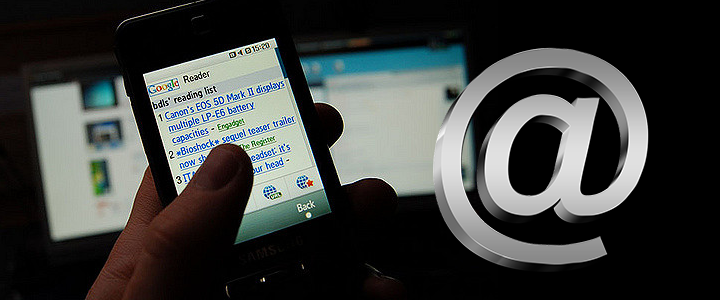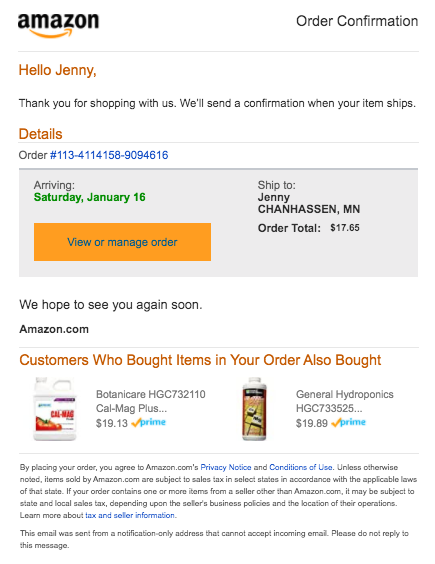Prospect Email – The Right Way

We’ve previously written about Lead Generation’s Dirty Little Secret where we discussed the right and wrong way to do list acquisition/prospect email. We would like to expand on that further, so marketers understand what types of email are safe to send in their email service provider (ESP) platform and what types are NOT safe in 2021.
There are four main types of email marketing:
- Marketing
- Promotional
- Transactional
- Prospect
Marketing emails are deployed to first party/owned data that is made up of customers, prospects you’re currently engaged with and subscribers. In all cases, the individuals have taken action themselves to subscribe to receiving something from you. This is your most valuable audience. You can send email safely from your main ESP, from your authenticated domain, because it is the least risky – meaning complaint and unsubscribe rates are the lowest.
Promotional emails have the main goal of communicating an offer or promotion to first party/owned data, which is typically safe to do from your main ESP. First party/owned data is your most engaged audience; sending your promotional emails to them needs to be done sparingly to avoid complaints and unsubscribes. Pay close attention to list attrition when sending these types of emails so you can adjust your program to send less promotional email if complaints/unsubs increase.
Transactional emails typically use a transactional platform. Most ESPs have a transactional platform built into the ESP, although it may need to be enabled. Since transaction emails are for things like purchase receipts and registration confirmation, it is not bound by the same CAN SPAM compliance rules, meaning an unsubscribe is not required in the United States. It’s still best practice to have one, but it is not required. One great thing about transactional emails is that you can also provide a bit of marketing/promotional messaging as long as the transactional information is 80 percent of the body and promotional is less than 20 percent. A great example of this would be an order confirmation where next likely purchases can be featured at the bottom.

Prospect emails are for lead generation or sales emails where a third-party list is purchased, and the goal is to send a sales message to this list. Under no circumstances would it make sense to import a purchased list into your main ESP and send emails to it. Most ESPs make you take action and agree that a list isn’t purchased before you can import the list into it. Did you even wonder why that might be?
It’s because of what happens when a recipient of an email hits the complaint button. If too many complaints come in from a single deployment, the internet service providers (ISPs) begin to block the sender’s domain and IP address of the sending server to protect their customer’s inboxes from further spam. Complaints can result in the sender’s domain getting blacklisted, the ESP’s server getting blacklisted, or worse yet, the ESP’s entire sending network blacklisted. A blacklisting to a sender domain is as bad as a bankruptcy is to a credit score. Blacklisting to an IP address owned by the ESP negatively impacts all of their customers sending email on the same sending server. That is like your bankruptcy sending a group of people’s credit scores south when it wasn’t their fault.
This is why it is always to your benefit to have the list owner deploy the email from their acquisition ESP, where they are more actively monitoring the reputation of their IP addresses and removing any blocks or blacklistings to optimize inbox rates for emails they deploy on behalf of their customers. Having the list provider send on your behalf does mean that the sender email domain won’t be yours, but the “From Name” will be.
When sending prospect email to a third-party list, if using a reputable data source, you shouldn’t be able to get your hands on the list since you don’t own the data. You wouldn’t want to anyway. It is best to always drive email recipients to your landing page or website where they can convert by filling out a form or making a purchase. Once the conversion happens, then you own that data and can use it in the future.
Prospect Email EXPECTATIONS
Performance benchmarks for a prospect email haven’t changed much over the years. It still depends on the data source and targeted audience, of course, but you could expect anywhere from 1% – 4% total open rate. Conversion rates are a fraction of that. This is much lower than the industry averages, but if you gain one loyal customer out of it, then it may still be worth your while. What we would suggest to increase conversion is to go with a multichannel approach for prospecting. Instead of relying on a prospect email, also serve display ads or social ads to the exact same individuals getting the email. Remember, your prospects aren’t all listening on the same marketing channels.
If you’re interested in learning more about multichannel direct prospecting, let’s talk.
